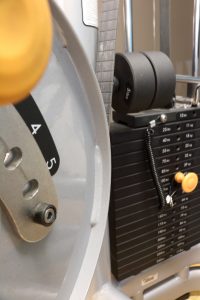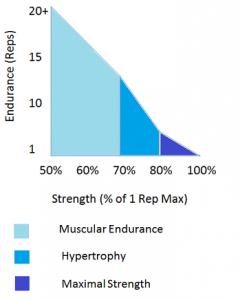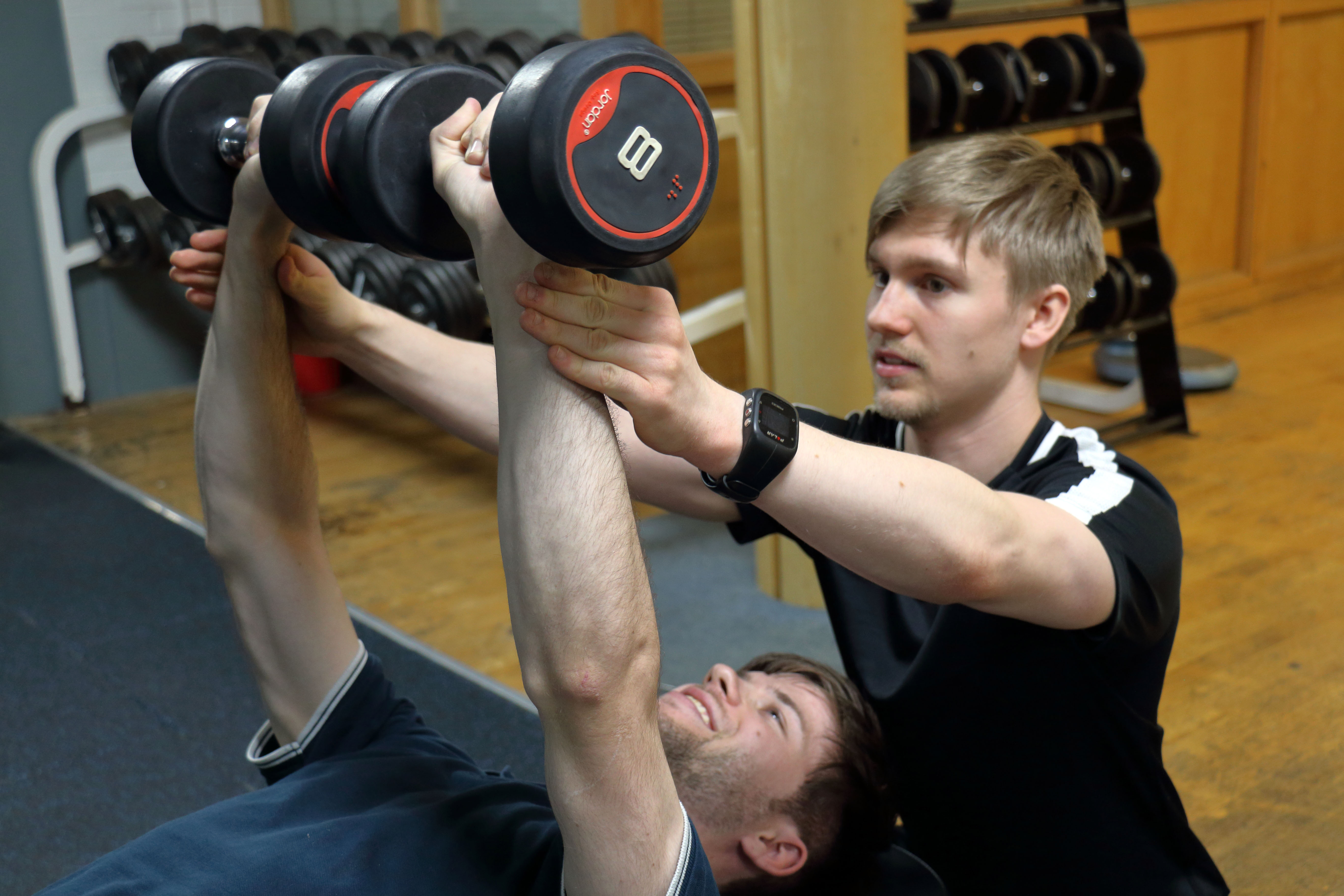The Beginners Beginning – Resistance Training
Generally, the bulk of your programme is Resistance Training (pun entirely intended). It is not however, you resisting the urge to sit and catch up on the latest binge-worthy show on Netflix, rather than working out.
Resistance Training is simply using a weight (including just your body weight) to target a specific muscle to develop strength, power, and or endurance. Based on the three effects of training, people typically pick one of the following methods to use:
- Muscular Endurance
- Hypertrophy (Muscle Mass)
Bear in mind that these are the two basic methods of training, and that there are in fact a great deal more. However, as a beginner I suggest you pick one of these. You could always add some performance based training in there too, but I will not be covering that here.
Now, before I go on to explain these methods, you must first understand the basic principles of resistance training.
Each exercise must have:
- Repetitions – The amount of times you perform the exercise within a set.
- Sets – The quantity of repetitions that you will perform.
- Rest – The amount of rest you have in between sets.
- Tempo – The speed the exercise is performed at. (This is somewhat complex, so I will cover it at another time, but to summarise, the slower the better (to start with at least).

These principles will directly correlate to your method of training, so take note of their meanings. Otherwise you could be training for the wrong kind of muscle development, and therefore not achieve your goals. I mean, who wants big arms and skinny legs right?
In terms of what equipment you should use, as a beginner I recommend training with resistance machines for at least the first couple of weeks. Allow your body to get used to training, and develop a better connection between your mind and body. This will help you to learn how to use the right muscle and what weights you can handle.
Once you feel comfortable, introduce free weights into your programme. I do advise consulting a professional on how to perform the correct technique first though.
Remember, both of these methods can be applied to any exercise. Now, onto the basic methods of training.
Muscular Endurance:
Muscular Endurance is the type of training where lighter weights are used to develop how long the muscle can last for under repetitive contractions. Simply put, this method allows you to perform for longer (and who doesn’t want that?).
The repetitive nature of this method causes you to increase the resting tension of your muscles as well, therefore helping to develop a toned physique. As the rest period will be minimal, it will also help you to withstand the effects of lactic acid. This is because you will be training under metabolic stress (this is where you feel the burn). However, this method will not develop your strength efficiently as you are not aiming to lift as heavy as possible. Nevertheless, you will still see improvements; after all, it is one step ahead not lifting at all.
As its requirement are less strict, this method of training is often used by those who participate in classes. Muscular endurance can easily be added into cardio based sessions since using light weights with lots of repetitions can elevate the heart rate. This is not unlike your cardio machines, so long as the effort level is high enough.
To affect your endurance you will want to have a minimal rest period. Usually this is between no rest at all and 30 seconds, but certainly no more than 45. You will also perform a high number of repetitions; this is typically between 12 and 15, as most people want to retain some degree of strength. However, you can go significantly higher, especially once you start decreasing your sets to remove the need for rest periods.
Speaking of sets, muscular endurance usually has three, but this can decrease to one as you become more enduring, depending on whether you want to lift heavier or last longer in comparison to what you are already doing.
Hypertrophy:
Ladies, before your eyes roll away, know this; size and strength training are not just for guys. The amount of women who say that they want a big bum, but want to only tone up and do muscular endurance based training, is unreal. Muscular endurance will help you to develop a better technique and begin your training. In the long run though, if you want a specific muscle look larger (gain hypertrophy), lifting heavier weights will be much more efficient.
As previously mentioned, to gain size and strength, you have to lift heavy. Now this is not Olympic level weights, because powerlifting is a whole other story. That type of training is usually maximal Strength, which is optimal for power output, but not muscular size. Yes, strength will develop when training for size, but it will not be as effective to achieve your one rep max. Despite this, the two methods go hand in hand, and once experienced, I recommend exploiting the benefits of Maximal Strength. However, Hypertrophic training is too enduring to develop strength efficiently on its own as it has to allow your muscle fibres to tear, whereas Maximal Strength is focused more on the recruitment of muscle fibres, therefore making the muscle denser.
You should be able to see now why this is a popular method of training; it averages at everything in terms of strength and endurance, and allows you to look bigger too. However, this method is stricter as you do not want to waste your energy on enduring lighter weights; this is because your energy is better spent on causing muscle damage by lifting heavier. For this reason you tend to have a minute to a minute and a half rest in between sets in order to allow your muscles to recuperate somewhat. Despite the rest, it is not enough to lose all of the benefits of metabolic stress (lactic acid resistance).
You will need to complete 8 to 10 repetitions in order to remove the need for endurance, but perform enough to cause the muscle fibres to tear.
As you are having more rest, and since the repetitions will be less, you will need to perform more sets in order to equalise the volume and maximise muscle damage. Otherwise you could be stopping before you have truly worked the muscle properly to force it to grow. For this reason you tend to perform 4 sets. However, you can do one less or one more depending on the emphasis of endurance or strength, and how your body responds to training.

As you can tell, there is a lot of overlapping with the types of training. You get almost all of the benefits from each of them, but of course some of the effects will outweigh the others, therefore decreasing the effectiveness of some as the focus will lie elsewhere.
The easiest way to compare to see my crude graph (to the right). This graph compares the methods of training to their required strength and endurance.
Now, I have tried to separate the basic methods of training, but Maximal Strength tends to sneak in. It works in a similar fashion to the other two and is easily relatable. It is significantly more technical, though, and what I would consider an advanced training method due to the intensity. However, these two will get you started on resistance training. Feel free to try more advanced techniques though. Just make sure you are competent enough to explore these alternative options.

